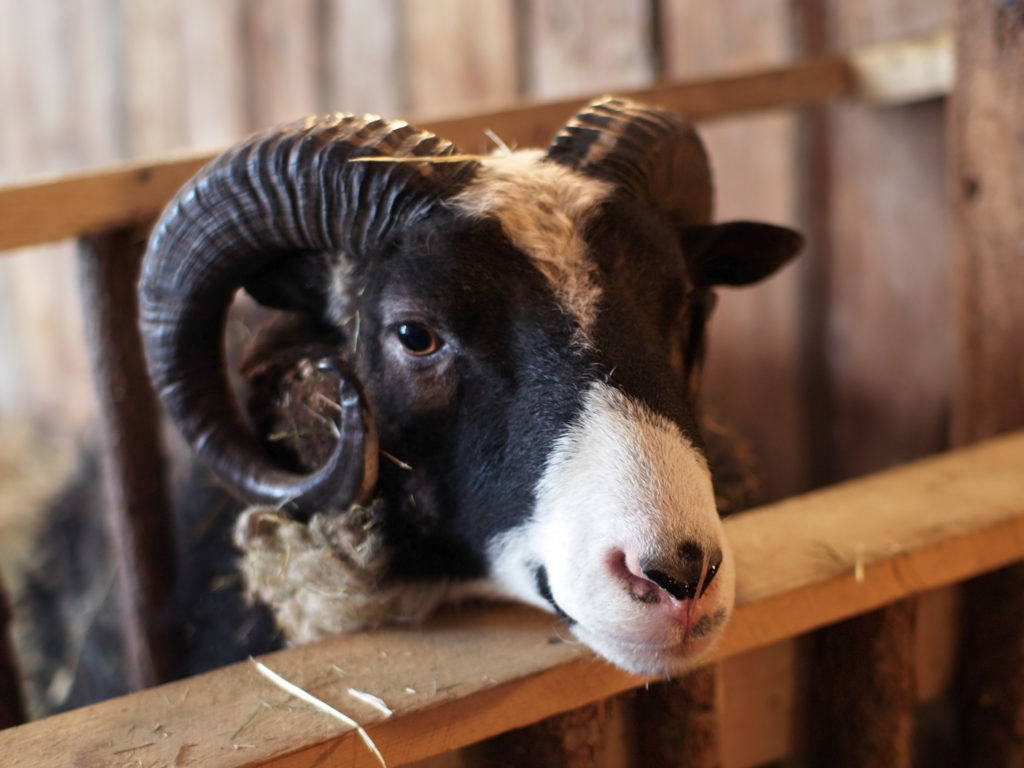Mothers, Near And Far, Remember: Shop, Hop, Maryland Sheep & Wool
Mothers of all species can be ferocious when protecting their young. It's in their nature – some much more than others.

I'll watch while you sleep. (Always wondered what the little girl asleep on the saddle grew up to become with a mother like that.) From Life Magazine 1955 via Google Books.
Good mothers have high value – as a parent their actions can not only shape a life, but also change its course. Fierce mothers, quiet mothers, tired ones, those humans who serve and protect, whatever their gender – Mother's Day is Sunday, May 8, 2016. Roam near or far, or just spend time with her. What any parent wants is to be remembered and to have mattered. Someone once told me “No one loves you like your mother.” Think about that. Here are some stellar places and events to share with a special someone, for those fortunate enough to still have that choice.
Quality vendors and workshops a-plenty (including Still River Fiber Mill of Connecticut; Tidal Yarns of Old Lyme; Halcyon Yarn of Maine, Strauch Fiber Equipment of Virginia) will be at the annual Maryland Sheep & Wool Festival, on until Sunday, May 8, Howard County Fairgrounds, West Friendship. (No pets, please.) Fiber arts workshops, working sheepdog demonstrations, fleece show and sale – highlights of the upcoming Maryland Sheep & Wool Festival include Finnsheep as the featured breed; National Bluefaced Leicester Show; ARBA Regional Romney Show.
A catalog with more than 200 pages of information about the specific workshops, events, demonstrations, displays, shows, auctions, and competitions at the festival in now available online. Also included are advertisements from local and national companies pertaining to fiber arts and the sheep industry. Vendors and advertisers are indexed in the back. To cover postage, fee is $5; free if you pick one up at the festival, of course.

Vintage sheep shears from Laurel Leaf Farm; image is linked to a page full of interesting and useful objects.
Parking and admission to the festival, free; donations appreciated. Look for the campaign at the main gate, where if you do choose to donate, you are given a 2016 collectible button (one of a series).
Of special interest is the auction of sheep equipment and supplies – consignments accepted. See the official web site linked here for details and commission rates.
Now for some off-the-beaten paths ideas.
My mother would ask my dad to take the whole bunch of us to the park to “look for violets” – looking back, it was a way to get there and see something new. Loved the hunt; sometime finding white, speckled, deep purple violets was a bonus.
Go see Chauncey Peak, a peak that overlooks a valley on one side and an open quarry on the other. Park in Giuffrida Park, and follow the trails.

Chauncey Peak summit, Giuffrida Park, Meriden, Connecticut. Image linked to a group on Facebook working to preserve this natural formation as an active quarry is located behind the mountain.
Here is a link to the Meriden Land Trust site with a topographical map of the area and interconnected paths. “Giuffrida Park is located in Meriden’s northeast corner, next to the Hunter Memorial Municipal Golf Course. It consists of the former Bradley-Hubbard Reservoir (also known as Crescent Lake) and the nearly 600 acres surrounding it, and was acquired by the city from CL&P in 1965, with funding partly from the Open Spaces Program of the time. In its early stages, the reservoir was added to the city’s water supply during dry periods, and steps were taken to improve and secure the water’s taste and safety. The new land was named for Dr. Francis Giuffrida, a beloved city surgeon who had died at a young age (56) in 1966.”

Or take the small fry to the Zagray Farm Spring Swap Meet and Gas Up on Sunday, May 8, 8 a.m. to 3 p.m., Zagray Farm in Colchester. Interesting demonstrations and activities that include a blacksmith shop, an 1800s sawmill, planer and cordwood saw area; cable shovels, backhoes, dozers and more in the farm sandpit. Tractors, plowing, stationary power and hit-n-miss engines. Children will enjoy the huge sandbox and pedal tractor area. Tag sale and swap meet. Admission $5; younger than 12, free.
Lilac Sunday at The Arnold Arboretum of Harvard University, 125 Arborway, Boston, Mass., Sunday, May 8, 10 a.m. to 3 p.m. Tours of the fragrant lilacs and other special botanical collections, plus family activities. Food vendors.

Alternatively, share a quiet day with your mom and then make a date and pick up your passports for this creative approach to tourism and shopping – the I-91 Shop Hop 2016, June 23 to June 26.

Twelve yarn shops located along I-91 from New Haven, Connecticut, to Putney, Vermont, have banded together for this outing. All participating shops will be open from 10 a.m. to 6 p.m. on Thursday, Friday and Saturday and noon to 5 p.m. on Sunday. Stop by a participating local yarn store and purchase a Shop Hop Passport for $5. The first 60 customers to purchase the passport from WEBS receive a tote bag (while supplies last) with the map and details.
Passports available in Vermont: Green Mountain Spinnery, Putney; Handknits, Brattleboro. Massachusetts: Sheep & Shawl, Deerfield; Northampton Wools, Northampton; WEBS, Northampton. Connecticut: Marji’s Yarncrafts, Granby; Creative Fibers LLC, Windsor; Village Wool, Glastonbury; Country Yarns, Wallingford; Knit New Haven, New Haven; The Yarn Barn LLC, Woodbridge; The Yarn Basket, Branford. Here is the link for more information on WEBS.





